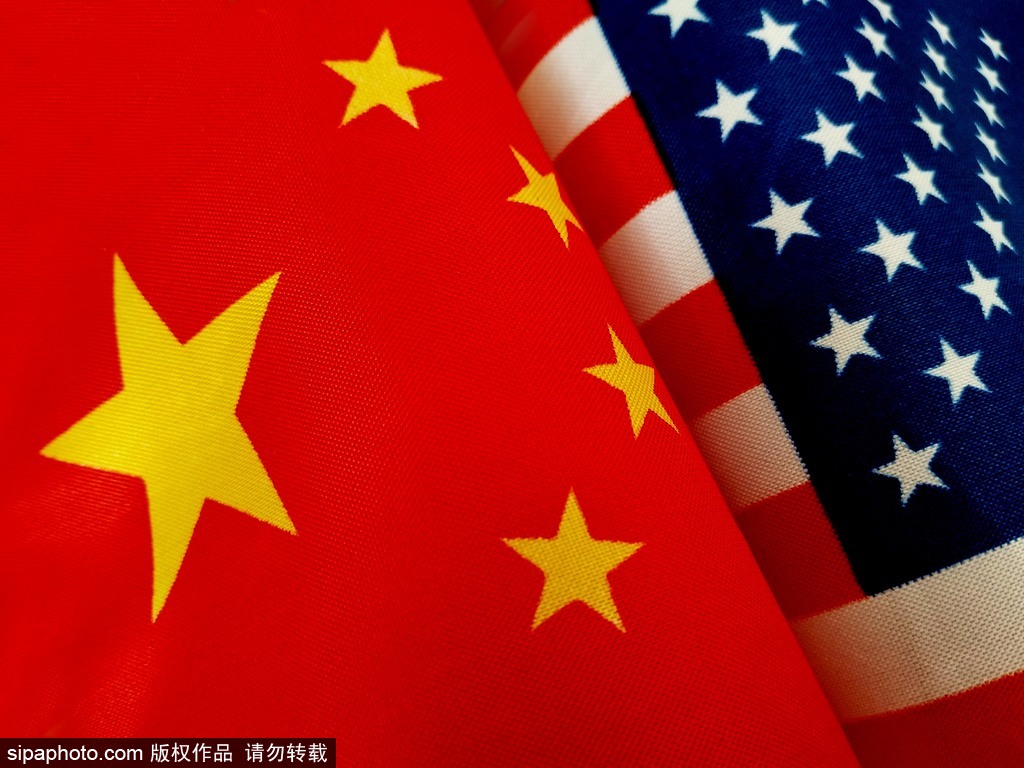Experts lambaste US chip subsidy plan
By MA SI | CHINA DAILY | Updated: 2022-07-30 07:06

'Fear of China', secret desire to counter its rise in high-tech, behind move
The US government's $280 billion plan to subsidize its domestic semiconductor manufacturing and fund science and technology innovation gives the lie to Washington's long-claimed stance of free market, and its goal of countering China's rise in the high-tech industry would be very difficult to achieve, experts said on Friday.
Their comments came after the US Congress voted this week to pass the Chips and Science Act, which includes $52 billion subsidies for US companies making computer chips, a provision that offers a tax credit for investment in chip production, as well as funding to spur innovation and development of other US technologies. The bill will move to the US President for approval.
Zhong Xinlong, a senior consultant at the China Center for Information Industry Development Consultancy, a Beijing-based consultancy, said although US officials have used many expressions to justify the Act, like national security or addressing US supply chain anxiety, the most prominent behind-the-scenes driver of the Act is China. Or, more precisely, fear of China.
Zhong said Washington aims to suppress the development of China's chip industry and to shift the center of chip production back to the US, thereby further improving its own voice in the semiconductor market.
But such heavy subsidies to the US semiconductor industry is a unilateral move that would disrupt competition and the entire global chip supply chain, Zhong said.
The legislation, for instance, would prohibit companies from expanding their semiconductor manufacturing in China for 10 years after they avail of a subsidy to build a US plant, Bloomberg reported on July 18. Companies could continue to invest in "legacy" chip manufacturing in China, but the definition of that term is unresolved.
Such requirements ignore normal business principles, and force US chip-making companies to limit their presence in China, which will lower the operational efficiency of the global semiconductor chain, exacerbate the protracted chip supply shortage for cars, and more importantly, run counter to the companies' tangible benefits, Zhong said.
As the world's largest chip market, the Chinese mainland is an indispensable part of the global semiconductor industrial chain. It consumes more than 50 percent of all semiconductors in the world. They are assembled into tech products to be re-exported or sold in the domestic market for final consumption, according to market research company Daxue Consulting.
"Access to this massive market is essential for the success of any globally competitive chip firm today and in the future," the Semiconductor Industry Association, a Washington-based group that represents the US semiconductor industry, said earlier.
Bai Ming, deputy director of international market research at the Chinese Academy of International Trade and Economic Cooperation, said that the US has often accused China of "subsidizing" its domestic semiconductor industry, but now it sets aside such a big budget as well as tax breaks to subsidize its own chip sector. It's a blatant demonstration of the double standards it employs in its pursuit of technological prominence.
Bai said the US chip legislation may not realize its hidden goal of reshaping the world's semiconductor supply chains. The overall cost of making chips in the US, for example, is not very competitive on the global market, primarily due to its high labor cost.
























